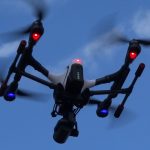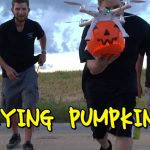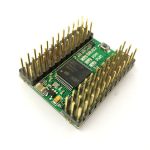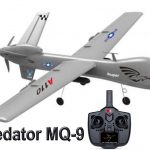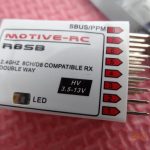Monthly Archives: February 2014
Learning to fly differences in quadcopters and fixed wings
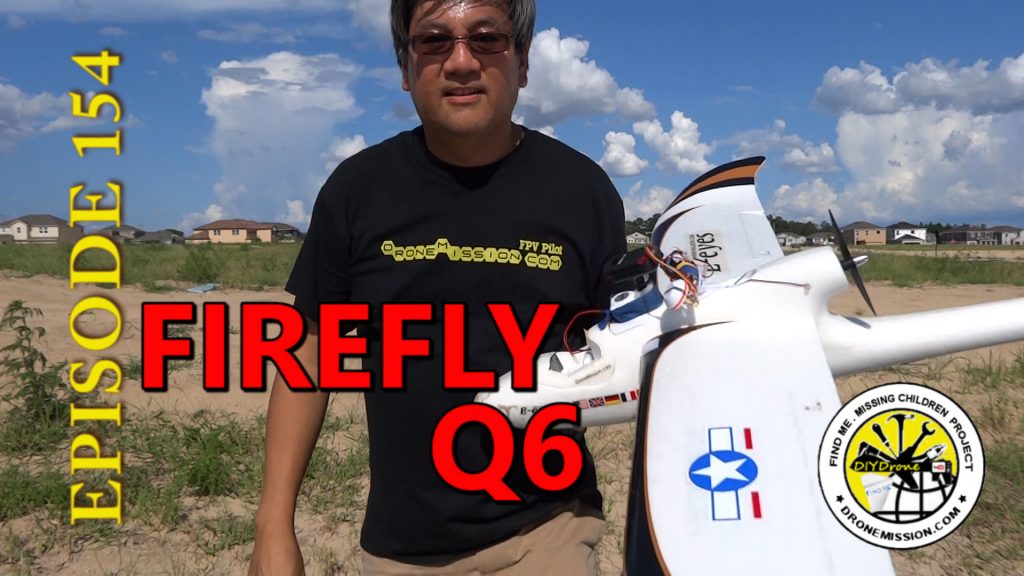
I tend to just yaw (rudder) for a quadcopter to turn, even though I find myself always using the aileron stick to reduce a skid and create the effect of a turning plane when filming for fun. If you are spending your money on a camera gimbal, than you will probably be keeping your quadcopter as level as possible on all turns.
As for planes, they tend to bank over during a turn, so this changes how you actually use your sticks. The easiest way to understand turns is to visual the elevator as becoming more vertical (so it acts more like a rudder) and the rudder becomes more horizontal (so it acts more like an elevator) during a turn. The results of turns for most RC planes, the rudder really isn’t useful as a rudder except when you’re entering the turn (i.e. plane hasn’t banked over yet) or exiting the turn (i.e. plane is almost back to level). Some trainers actually recommend applying opposite rudder during the turn to keep the nose up for a smoother turn, since the rudder is acting more like an elevator. However in most cases, during the turn the elevator makes a perfectly good rudder and you can therefore just fly with ailerons and elevator with minimum throttle. Hope you got all that, as that was a early lesson I had before taking my first fixed wing flight…
Walkera E-Eyes GPS Plane
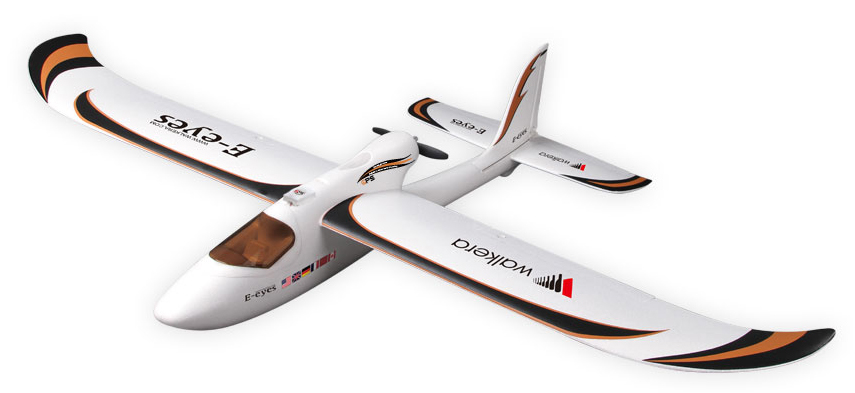
Synopsis: Looking to quickly add to our fleet of search planes, we snooped around for some ready-to-fly GPS planes in the market for our volunteer trainers. We contacted Walkera to find out more about their new planes. We have decided to test this new model E-Eyes GPS. This selection is based on it’s FPV readiness, failsafe and the GPS flight controller that is compatible with our 10 channel radios or use your own receiver/radio.
During the test we will see how it handles in turbulence, flight time, payload, GPS accuracy and failsafe. Those nation flags are going to stay, as they match our volunteer list country of origins…








